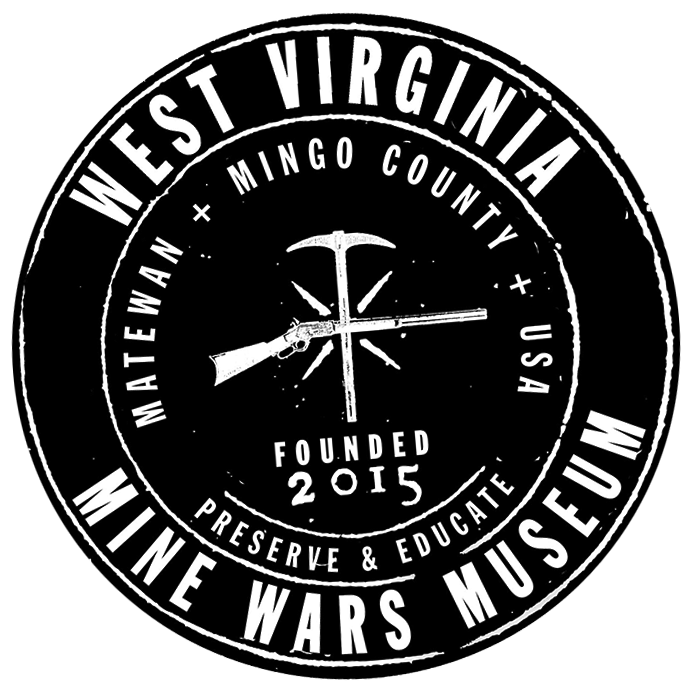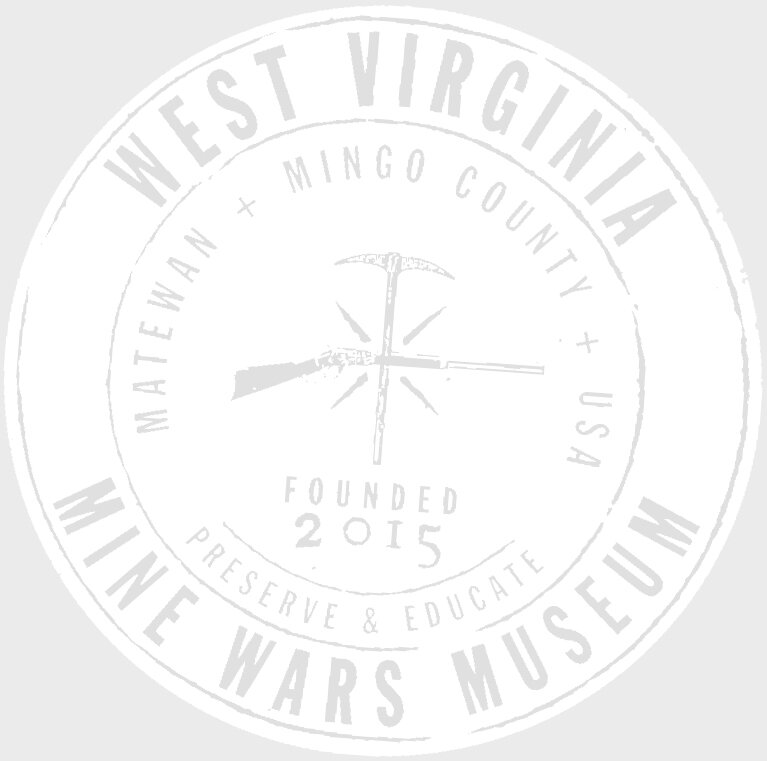Mine Wars Lesson Plans
Mine Wars Lesson Plans
A new generation is learning the power that this history holds.
Jump to Category:
Life in the Coal Camps | Paint Creek & Cabin Creek Strikes | Bloody Mingo & Blair Mountain
Northern Kentucky University Collaborative Lesson Plans
The absence of the Mine Wars and other industrial abuses of power in public discourse and classroom curriculum was no mere oversight but, rather, a deliberate cover up by state officials. The story of the West Virginia Mine Wars did not make its way into the state’s narrative or public history textbooks for over fifty years after the Battle of Blair Mountain!
At our Museum, we’ve created lessons to teach students about the facts and the stories of the Mine Wars, to create an active learning space where participants analyze and think for themselves about what these stories might have to teach us.
These lessons were carefully created alongside teachers and include asynchronous and synchronous activity options for remote, virtual, and in-person learning. The activities included here are not to be an end in and of themselves, they are only the beginning. They offer students and educators an opportunity to better understand their world so that they might begin to change it.
Each of the lessons below are aligned with West Virginia State curriculum standards,
and offer additional primary and secondary sources.
“They’re missing out on these stories. These resources are exactly what I need.
”
Life in the Coal Camps
Life in the Coal Camps
Company Towns
8th Grade Level
The Company Towns lesson introduces students to the realities of living in a coal camp, and offers a comparative analysis between company towns and incorporated towns.
Coal Company Towns
4th/5th Grade Level
This lesson introduces students to the realities and structure of living in a coal company town, where students will analyze and respond to primary sources including photographs, Senate testimony, maps, and more.
Immigration and Migration
8th Grade Level
Through poetry and songs, students will analyze the essential role that African Americans and immigrants played in union organizing.
Forming a Union
8th Grade Level
Why form a union? Students will weigh the evidence in this interactive lesson where they will be interjected into the lives of miners and their experiences in organizing for human rights.
Union Poster Activity
4th/5th Grade Level
This lesson is an introduction to the challenges of coal camp life, and illustrates why workers and their families wanted to join a labor union, encouraging students to think about how joining together when a community faces difficulties is an effective approach to solving problems and good citizenship.
Paint Creek & Cabin Creek Strikes
Paint Creek & Cabin Creek Strikes
Newspapers, Memory, and the Paint Creek and Cabin Creek Strikes
8th Grade Level
Students play the role of historians in this lesson by exploring conflicting newspaper accounts and voices reporting the attack by the “Bull Moose Special” on the miners’ tent colony
at Holly Grove.
The Hatfield Contract
8th Grade Level
In this role play, it is April 28, 1913. The miners along Paint Creek and Cabin Creek in Kanawha County, WV have been on strike for nearly a year…
The Mystery of the Bull Moose Special
11th grade Level
This lesson introduces students to the events of the Paint Creek-Cabin Creek Strike of 1912-13, and focuses on reading a variety of sources critically, and making a historical argument. Students will role play characters and to understand how the events of the strike affected individuals, but also how those individuals built community and a union movement across racial, ethnic, and gender lines.
People’s History of the Bull Moose Special
8th Grade Level
Through an interactive role play, students will understand how the events of West Virginia’s deadliest strike affected union miners and their families, but also how those individuals built community and a union movement across racial, ethnic, and gender lines.
Bloody Mingo & Blair Mountain
Bloody Mingo & Blair Mountain
The Battles of Matewan & Blair Mountain
8th Grade Level
In an interactive role-play with maps and historic accounts, students will be interjected into making a tough decision: should they join the march on Blair Mountain, or sit it out? Students will weigh the options.
The Redneck Army Challenge
8th Grade Level
What does it mean to be a redneck? In this wrap-up activity, the students will develop and execute a community service project in the school or community.
When Miners United: A Lesson on the Red Bandana and Solidarity
4th/5th Grade Level
During the Battle of Blair Mountain—the largest civil armed insurrection since the Civil War—miners took up a red handkerchief that became a symbol of unity and solidarity. In this lesson, students will learn about the miners and their fight for justice.
Northern Kentucky University:
Collaborative Lesson Plans
Northern Kentucky University:
Collaborative Lesson Plans
A Collaboration with Dr. Rebecca Bailey:
In the heart of academic collaboration, Dr. Rebecca Bailey, a distinguished professor at Northern Kentucky University, has forged a remarkable partnership with the West Virginia Mine Wars Museum. Together, we bring to light the often-overlooked narratives of the West Virginia Mine Wars through a creative and educational initiative.
Uncovering Stories
Grade Levels: 4, 8, 11
Why is it helpful to look at different points of view when learning about events from history, like the Mine Wars?
Immigration in the Coalfields
Grade Levels: 8, 11
In the 1920s, more than half of West Virginia’s workforce was made up of people not from the area. Where do you think they came from?
“I really like [the museum’s] curriculum because I feel like if the students live the history, then they understand the history, they respect the history, and it means more to them.”
Receipt for wages paid to one miner by the Cabin Creek Consolidated Coal Company in January of 1913.
collection of Kenny King/West Virginia Mine Wars Museum


















